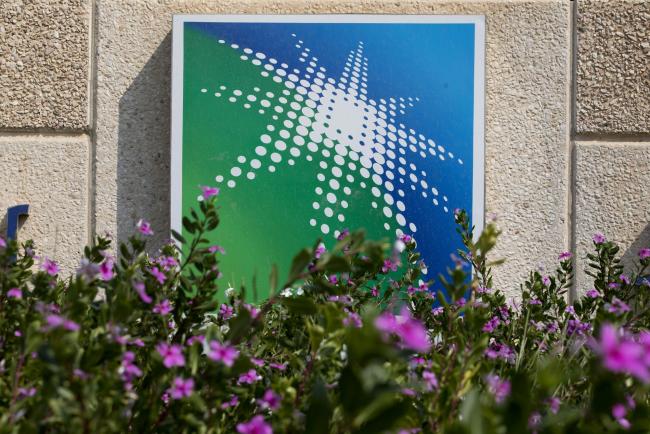(Bloomberg) -- Saudi Aramco will pay a base dividend of $75 billion next year as the government tries to lure investors to an initial public offering of the state oil company.
The payments are part of plan for a growing, progressive dividend to investors, according to a corporate presentation posted on the company’s website on Monday. The proposed payment, which could be boosted further with special dividends, compares with $58 billion in 2018.
Dividend payments of $75 billion would give investors a yield of 3.75% if the company achieves its ambitions of a $2 trillion valuation. Although it’s a decent payout in a low-interest rate world, it’s a lower dividend than other Big Oil firms: investors in Royal Dutch Shell (LON:RDSa) receive a yield of 6.22%, while Exxon Mobil Corp (NYSE:XOM). pays out 4.9%, according to data compiled by Bloomberg. Equity investors will also receive only slightly higher returns than bond investors. The yield on the company’s 2029 bond is around 3%.
The state-run company plans to announce its intention to float around Oct. 20, people with knowledge of the matter said last week. The firm, which held analyst meetings last week, is targeting a valuation of at least $2 trillion -- more than double that of Apple Inc (NASDAQ:AAPL). The IPO is the centerpiece of Crown Prince Mohammed bin Salman’s plans to revamp the Saudi economy and will release billions in capital for the kingdom’s sovereign wealth fund.
The presentation also showed a changed schedule for royalty tax payments on oil production. Payments will be lower when oil is below $70 a barrel, but higher above that level. Under a new royalty structure effective from Jan. 1, 2020, Aramco will pay 15% for Brent prices up to $70 a barrel, 45% for Brent prices between $70 a barrel and $100 a barrel, and 80% on Brent prices above $100 a barrel. The current tax regime, introduced in January 2017, started at 20% and peaked at 50%.
Aramco will target net gearing, a measure of debt relative to the equity value of a company, of between 5% and 15% through the oil-price cycle, the presentation said. While that’s lower than other major oil companies, it offers room to borrow for a company that’s traditionally carried very little debt.
